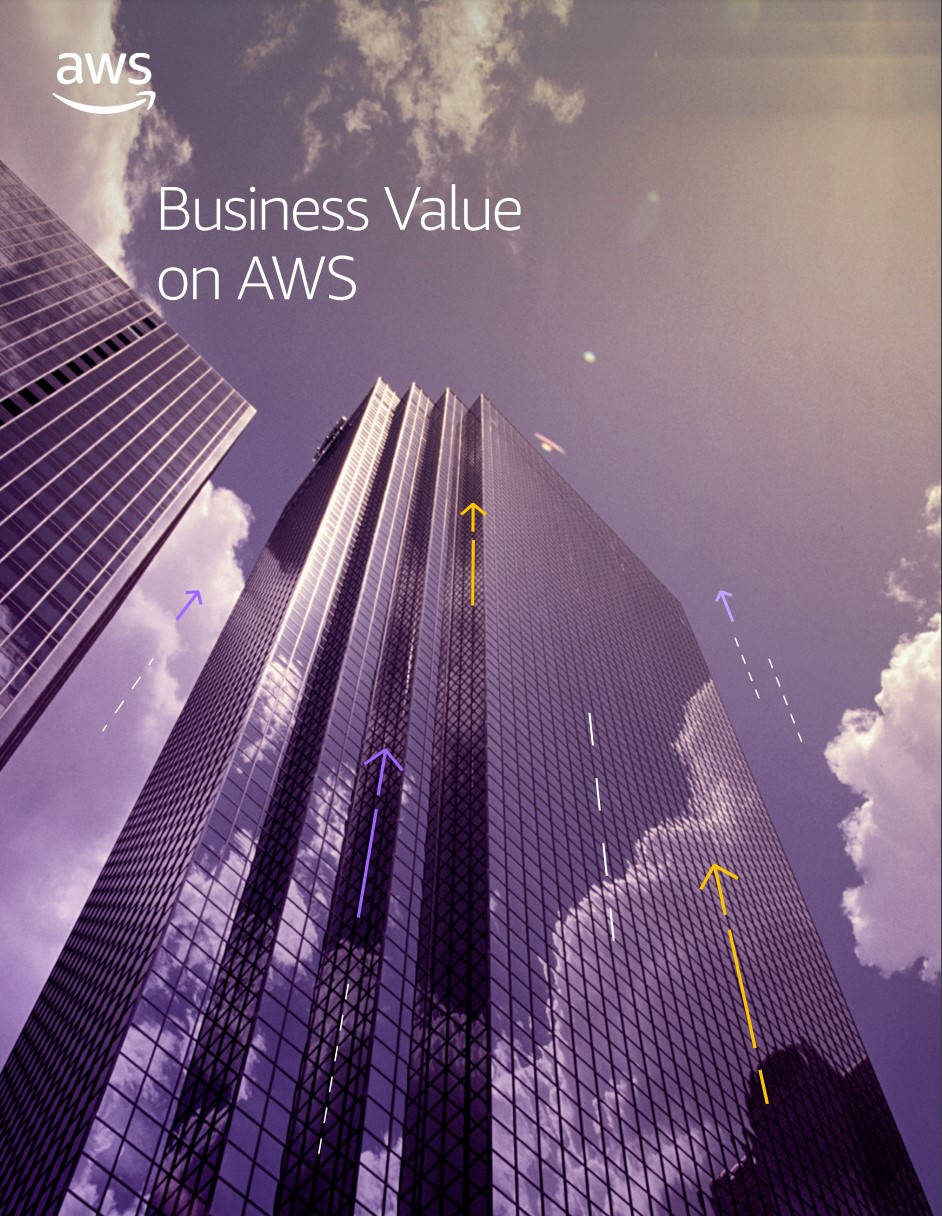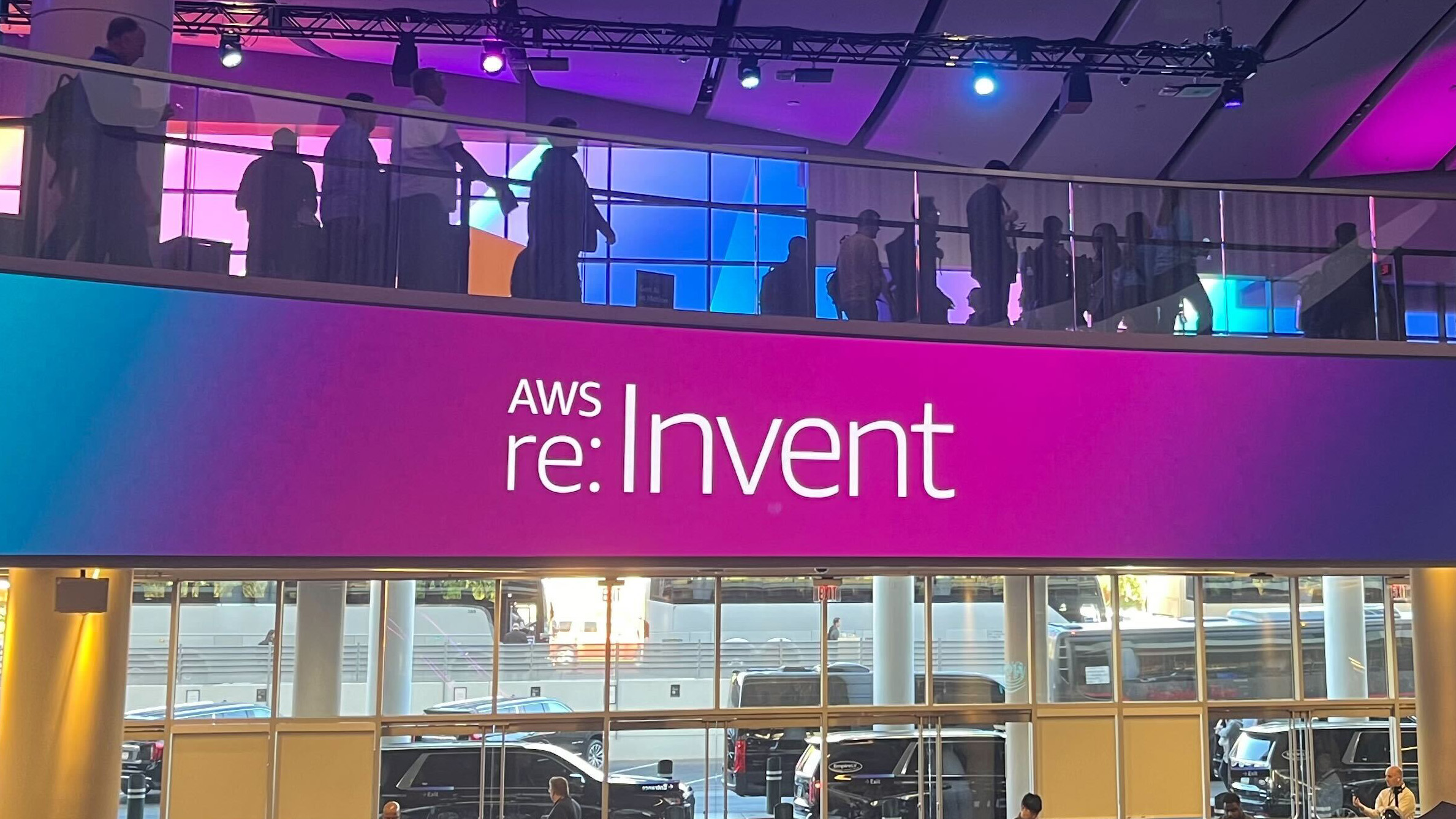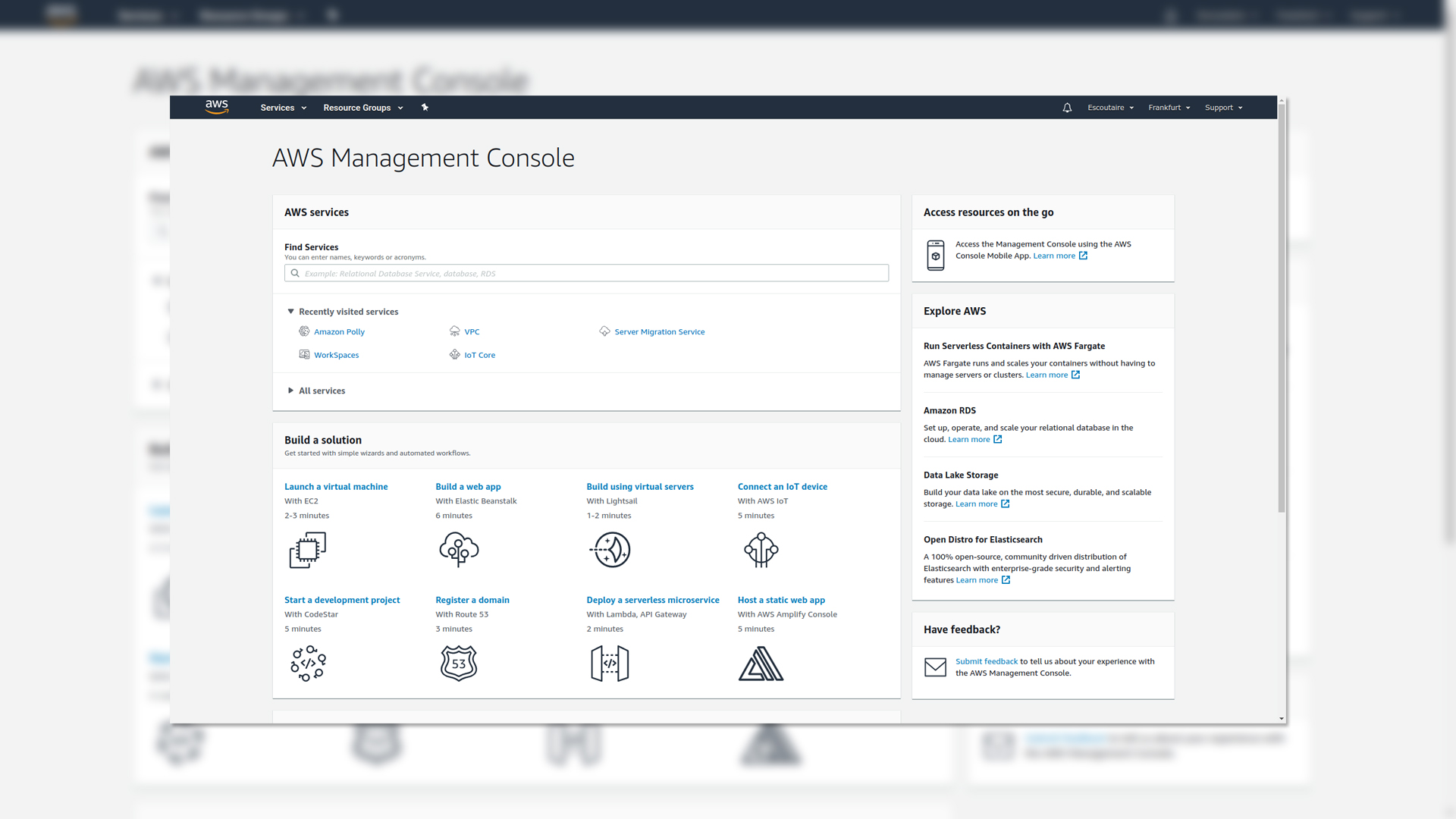What is Amazon S3?
Everything you need to know about Amazon S3, one of the world’s most popular cloud storage services


Amazon S3 is the company's premier object storage service, and one of the first products it brought to market. It remains one of the most popular storage services available today, working in tandem with, and underpinning, most of Amazon's other customer-facing services.
Amazon S3 is regularly updated with new features and storage capabilities, and patches that are designed to improve data protection and security.
What is Amazon S3?
Amazon Simple Storage – or Amazon S3 as it is more commonly known – is an object storage service. It offers unlimited, flexible cloud storage for seemingly any use case, whether that’s big data analysis, cloud-native applications, or mobile apps.
READ MORE

Object storage, or ‘object-based’ storage, is a type of architecture that manages data as an object, instead of files or blocks. Each object includes the data itself, a variable of metadata, and a globally unique identifier. The metadata element is key, as it is separated to support additional capabilities, such as the capture of application-centric or user-centric information for indexing, which is traditionally harder with fixed metadata.
Amazon S3's object storage approach is designed in a way that simplifies data admin. It removes the need for many basic storage functions, such as construction and management of logical volumes for disk capacity, or configuring settings to prevent disk failure.
Part of the reason Amazon S3 is so popular is its accessible pricing. Customers only pay for what they use, and there is no minimum service fee. It's also quite cheap, with the first 50TB, or the first month of use, being just $0.024 per GB – price accurate at the time of writing.
Amazon S3 security: What are buckets and keys?
RELATED RESOURCE

Business value on AWS
Four key dimensions that will help to build a comprehensive business case for the cloud
Amazon S3 organises data into 'buckets'. These act as data repositories that can handle an unlimited number of objects, although each object is limited to a maximum size of 5TB. Buckets are designed in a way that allows for data to be organized and for access controls to be placed on objects.
Get the ITPro daily newsletter
Sign up today and you will receive a free copy of our Future Focus 2025 report - the leading guidance on AI, cybersecurity and other IT challenges as per 700+ senior executives
Any object placed inside a bucket will be assigned a unique key, which helps locate and identify specific data objects within each bucket. This key resembles the structure of a URL, and is made up of the bucket number, the object number, and the region or data center the data is stored in.
Buckets must be appropriately configured in order to prevent unauthorized access to data. Historically, Amazon S3 buckets have been the source of a number of high-profile data leaks, including those belonging to the NSA, largely due to misconfigurations through human error.
Amazon has made efforts to minimize cyber security risk with constant updates and new features, and now includes a wealth of security controls for use across a variety of businesses.
For example, following an integration deal with CloudKnox in 2019, the company introduced a built-in identity and access management (IAM) tool to make it easier to monitor access controls.
Admins can also make use of the 'S3 Block Public Access' function, which is able to prevent access to specific buckets from those outside of a company or approved list. This function also overrides any existing blanket S3 permissions.
Read our guide to setting up and securing Amazon S3 for more information.
Amazon S3 latest features and updates
As a flagship product, Amazon S3 often receives new updates and innovations at the tech giant’s annual conferences. These can sometimes be tie-ins with other AWS services but it mainly sees new cost efficiencies and user improvements.
READ MORE
For instance, in 2021, Amazon added S3 Object Lambda, a service that allows users to add their own code to process data retrieval from their S3 buckets before it is returned to an application. The introduction of Lambda enables users multiple views of the same dataset, with capabilities to change the views at any time.
Another new function is S3 Glacier Instant Retrieval, which was launched during 2021’s AWS Re:Invent. This is a new archive storage class which offers low-cost storage for older datasets that are rarely accessed. AWS claims it is the fastest access to archive storage and offers 63% cost savings compared to previous services.
Bobby Hellard is ITPro's Reviews Editor and has worked on CloudPro and ChannelPro since 2018. In his time at ITPro, Bobby has covered stories for all the major technology companies, such as Apple, Microsoft, Amazon and Facebook, and regularly attends industry-leading events such as AWS Re:Invent and Google Cloud Next.
Bobby mainly covers hardware reviews, but you will also recognize him as the face of many of our video reviews of laptops and smartphones.
-
 Bigger salaries, more burnout: Is the CISO role in crisis?
Bigger salaries, more burnout: Is the CISO role in crisis?In-depth CISOs are more stressed than ever before – but why is this and what can be done?
By Kate O'Flaherty Published
-
 Cheap cyber crime kits can be bought on the dark web for less than $25
Cheap cyber crime kits can be bought on the dark web for less than $25News Research from NordVPN shows phishing kits are now widely available on the dark web and via messaging apps like Telegram, and are often selling for less than $25.
By Emma Woollacott Published
-
 The Wiz acquisition stakes Google's claim as the go-to hyperscaler for cloud security – now it’s up to AWS and industry vendors to react
The Wiz acquisition stakes Google's claim as the go-to hyperscaler for cloud security – now it’s up to AWS and industry vendors to reactAnalysis The Wiz acquisition could have monumental implications for the cloud security sector, with Google raising the stakes for competitors and industry vendors.
By Ross Kelly Published
-
 AWS expands Ohio investment by $10 billion in major AI, cloud push
AWS expands Ohio investment by $10 billion in major AI, cloud pushNews The hyperscaler is ramping up investment in the midwestern state
By Nicole Kobie Published
-
 Microsoft hit with £1 billion lawsuit over claims it’s “punishing UK businesses” for using competitor cloud services
Microsoft hit with £1 billion lawsuit over claims it’s “punishing UK businesses” for using competitor cloud servicesNews Customers using rival cloud services are paying too much for Windows Server, the complaint alleges
By Emma Woollacott Published
-
 AWS re:Invent 2024 live: All the news and updates from day-three in Las Vegas
AWS re:Invent 2024 live: All the news and updates from day-three in Las VegasLive Blog ITPro is live on the ground in Las Vegas for AWS re:Invent 2024 – keep tabs on all the news and updates from day-three here
By George Fitzmaurice Last updated
-
 Westcon-Comstor bags major European distribution deal with AWS
Westcon-Comstor bags major European distribution deal with AWSNews The company plans to launch a dedicated European AWS cloud business unit
By Emma Woollacott Published
-
 AWS opens physical sites for fast data uploads – but it could cost you up to $500 an hour
AWS opens physical sites for fast data uploads – but it could cost you up to $500 an hourNews Amazon Web Service (AWS) has launched a new Data Transfer Terminal service to allow customers to upload data to the cloud from a physical site.
By Emma Woollacott Published
-
 Three things to look out for at AWS re:Invent 2024
Three things to look out for at AWS re:Invent 2024Analysis The cloud giant is likely to come in hot on sovereign cloud and multi-cloud, alongside generative AI updates
By George Fitzmaurice Published
-
 Microsoft's Azure growth isn't cause for concern, analysts say
Microsoft's Azure growth isn't cause for concern, analysts sayAnalysis Azure growth has slowed slightly, but Microsoft faces bigger problems with expanding infrastructure
By George Fitzmaurice Published
